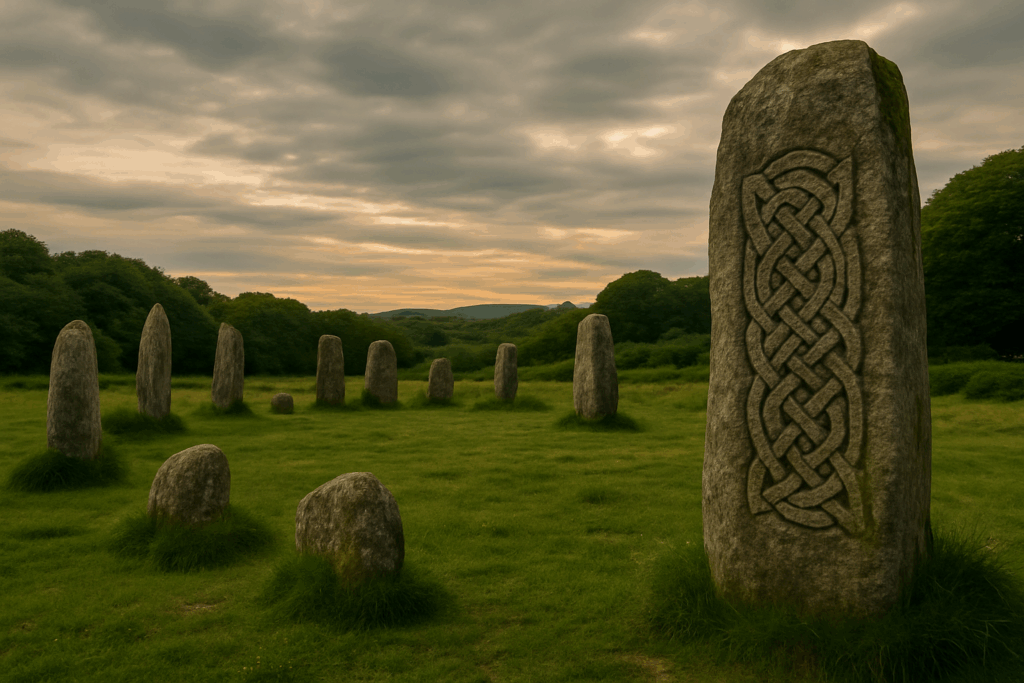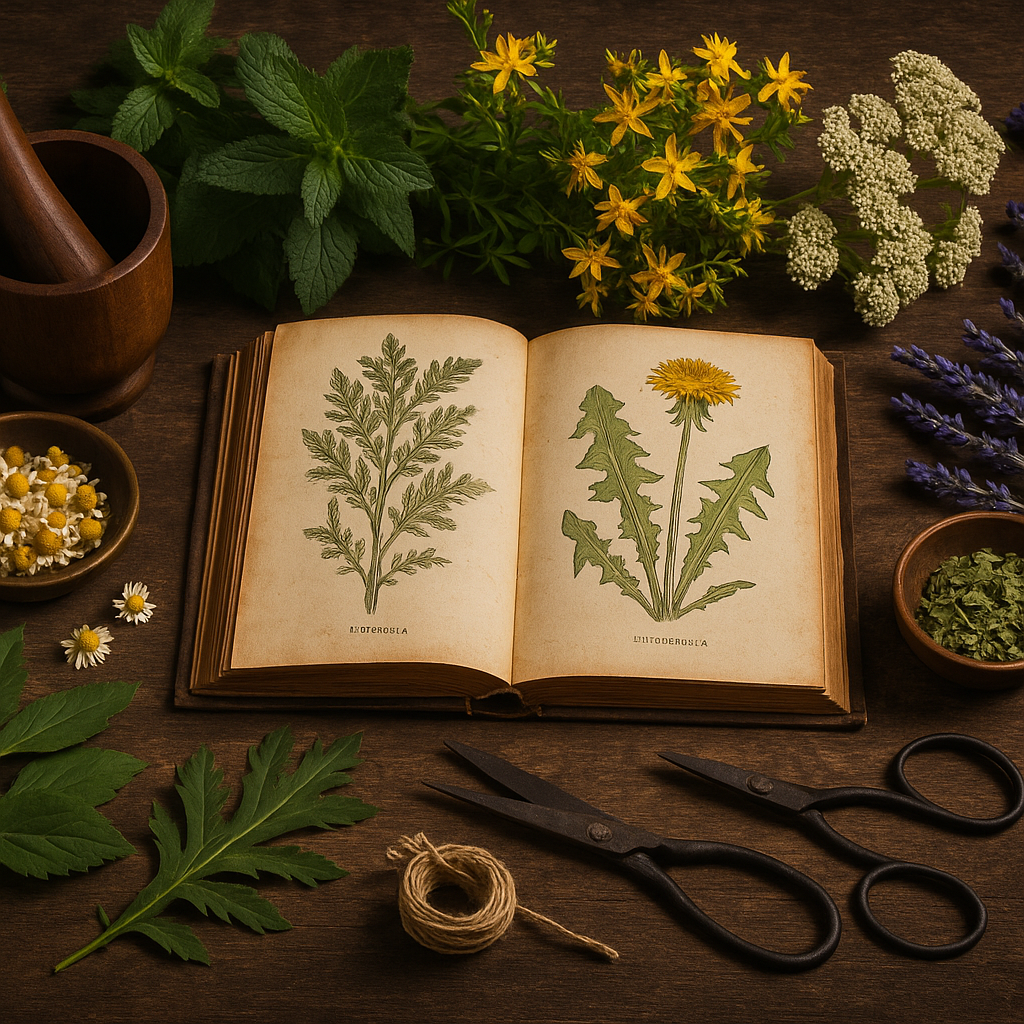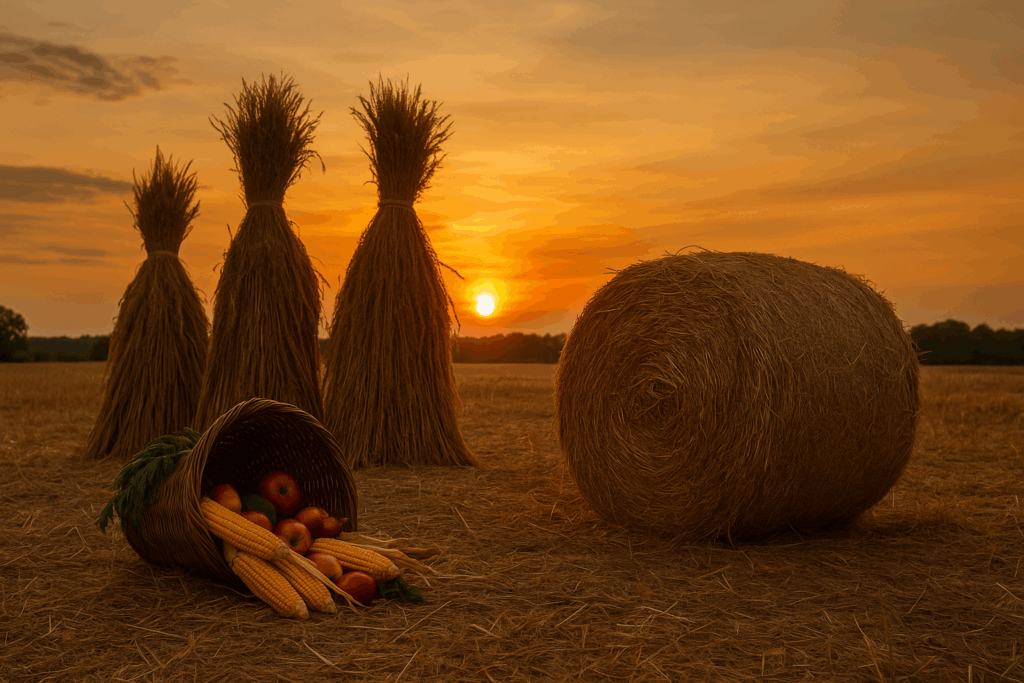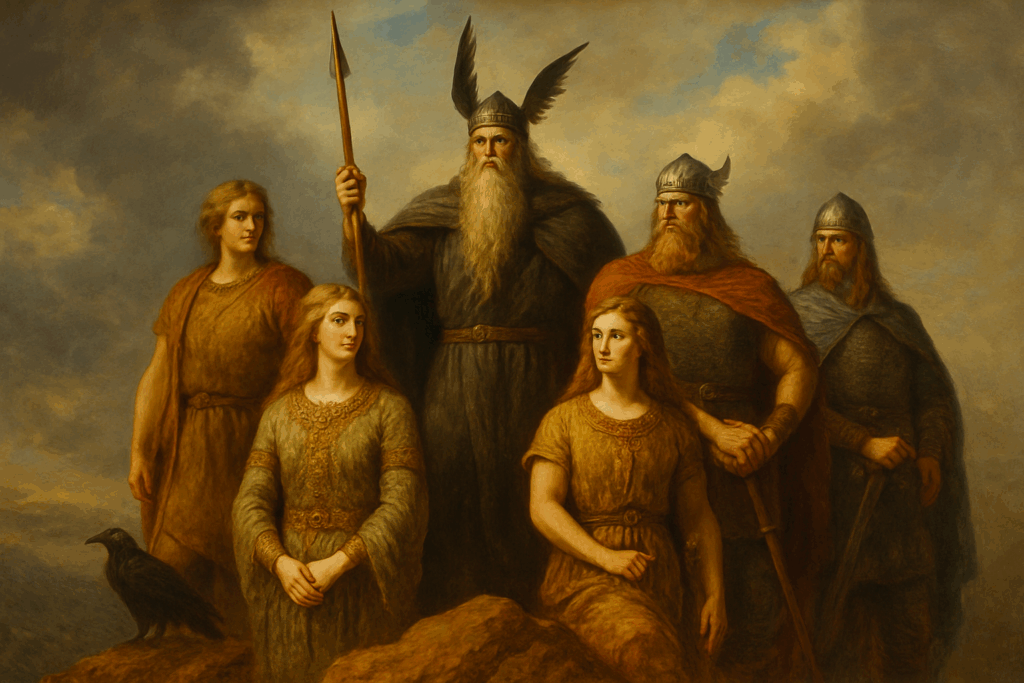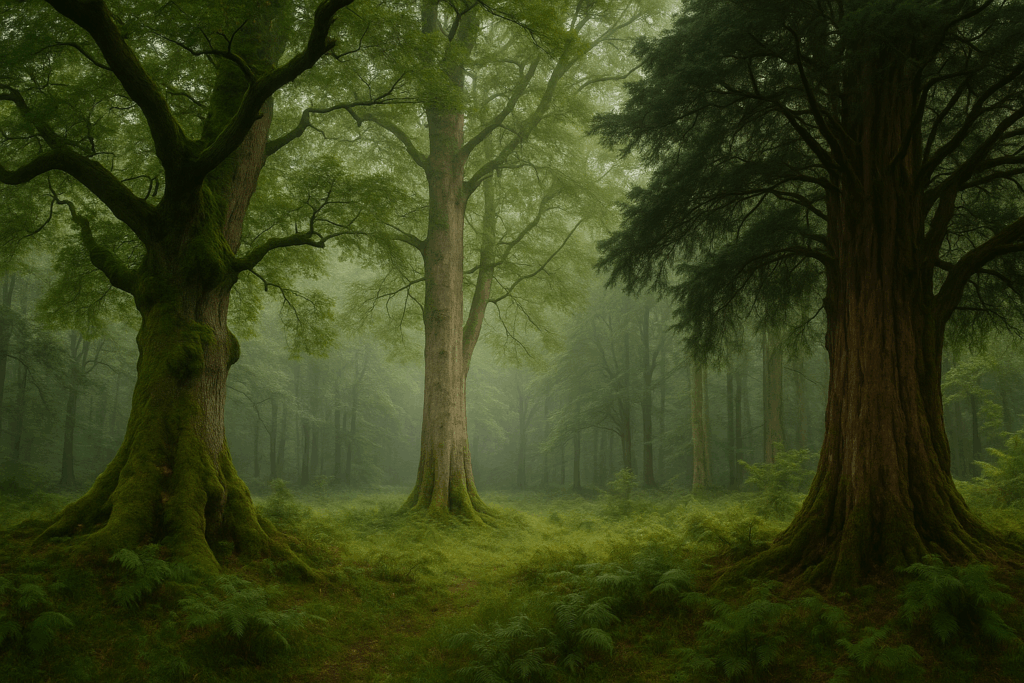October 23 – The Cauldron’s Whisper
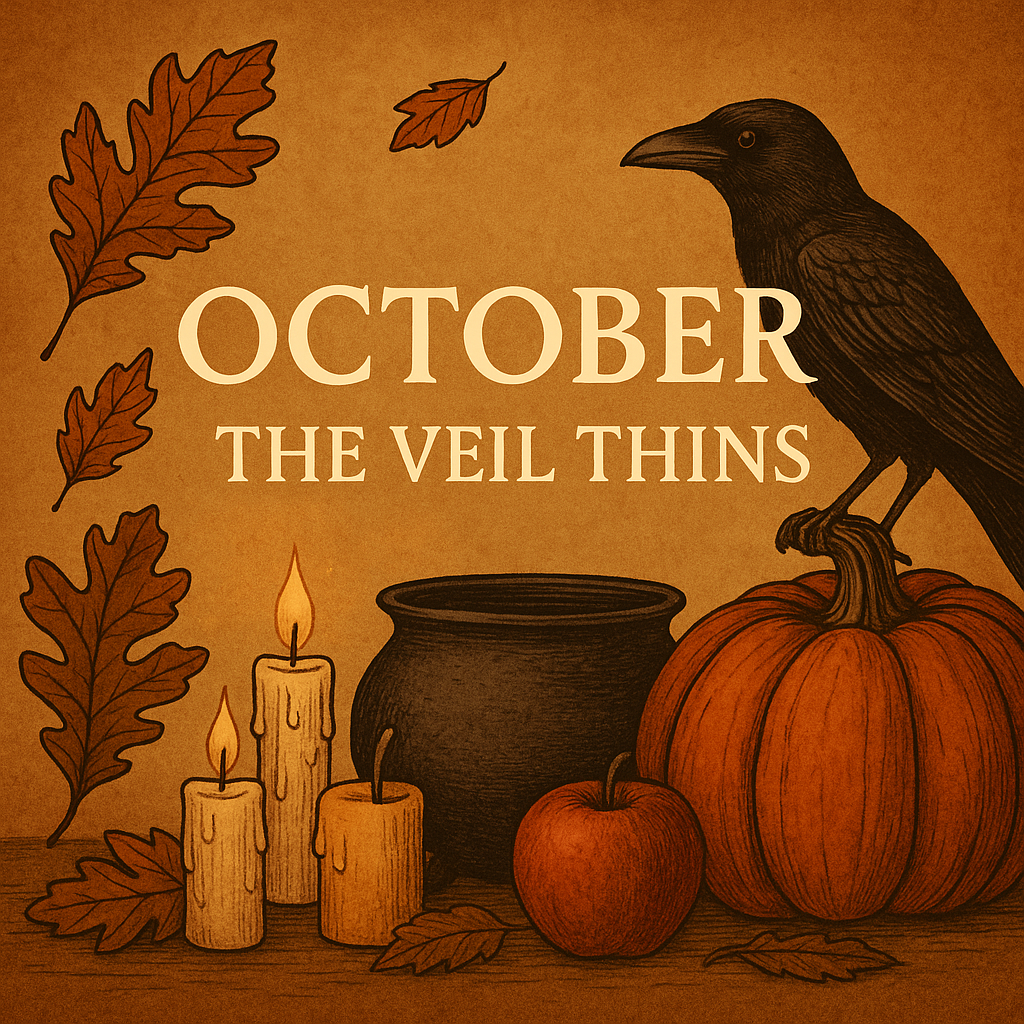
Transformation and the mysteries of rebirth in darkness.
By the time the twenty-third of October arrives, the air feels heavier, charged with the weight of the turning season. The days grow short and the scent of decay is thick in the fields and forests. Yet beneath this slow dying, there is another current — one of transformation. The outer world sheds its skin so the inner can awaken. This is the essence of the Cauldron’s Whisper: the soft, steady voice of rebirth that hums beneath the surface of endings.
The cauldron is one of the oldest symbols in spiritual history. Long before it became an image of witchcraft, it was the vessel of creation itself — the womb of the Great Mother, the crucible of alchemy, the well of inspiration. In Celtic lore, the cauldron belonged to goddesses such as Cerridwen, Brigid, and the Morrígan, each a guardian of transformation. Cerridwen’s cauldron brewed the potion of inspiration and rebirth; those who drank from it were forever changed. In every myth, the cauldron holds the same truth: that all creation begins in dissolution. What dies within it is not lost — it becomes the seed of something new.
Tonight, the energy of the year mirrors that sacred vessel. The world has entered the alchemical stage of decay, when the old dissolves so that the new can take form. It is a natural magic — one written into every fallen leaf and every breath of cooling air. The Cauldron’s Whisper is not loud or dramatic. It speaks softly, reminding us that transformation does not always come through force, but through surrender. The deeper you sink into stillness, the more you begin to hear it — a murmur that says, Trust the process. Let the fire do its work.
If you keep a physical cauldron, or even a simple bowl, tonight is the time to use it as a focus for meditation. Sit in a dimly lit space with your vessel before you. Fill it halfway with water, symbol of the unconscious. Light a candle and hold it so its reflection glows upon the surface. The flame above and its twin below represent the balance of light and shadow — conscious and unseen, life and death, above and below. Gaze into that mirrored light and breathe deeply. Whisper aloud what you are ready to release. Speak it as if you are placing it into the cauldron’s depths — fears, griefs, habits, even identities that no longer serve. With each exhale, feel the old dissolve into darkness.
When the time feels right, dip your fingers into the water and trace a small circle upon your heart or forehead. This simple gesture seals the act of release. You have given your burdens to the cauldron — to the transformative fire of the universe — and in doing so, you make space for renewal. The whisper that follows in the silence afterward is the voice of rebirth itself.
The cauldron also symbolizes wisdom born from experience. Just as metal must be melted before it can be reshaped, so must the soul sometimes be broken open to reveal its true form. Life’s trials, losses, and descents into darkness all become ingredients in the great brew of becoming. Nothing is wasted. Every pain and joy, every failure and triumph, stirs together into the elixir that is your spirit’s evolution. The key is to remain present in the process, to stir your own cauldron with patience rather than fear.
You might also use this night to create a small ritual brew — not for drinking, but for blessing. In a pot or bowl, combine water with herbs of transformation: mugwort for vision, rosemary for purification, and bay for wisdom. As the mixture steams, wave your hand through the vapor and imagine it clearing the stagnant energy around you. Whisper: “From what was, to what shall be — through the fire, I am remade.” Let the steam rise until it fades, carrying your intention into the unseen.
Spiritually, the cauldron is also a mirror of the womb and the tomb — two faces of the same mystery. It holds both the ashes of the dead and the seeds of the unborn. In this sense, it teaches us to honor death not as loss, but as transformation in its purest form. The ancestors, too, are part of this mystery. Their stories and sacrifices have become the soil from which our lives now grow. When you listen closely to the Cauldron’s Whisper, you may hear their voices mingled within it, reminding you that endings are never empty; they are the dark soil of rebirth.
As the wheel of the year approaches Samhain, the cauldron becomes the heart of ritual and remembrance. It represents not only death’s inevitability but the creative spark that follows it. You may wish to honor this energy by placing a small cauldron or bowl at the center of your altar, filled with water and a floating candle. Around it, arrange symbols of the cycle — leaves, bones, acorns, and a few grains of salt. When the candle’s light flickers on the water, it becomes a living symbol of transformation: fire within darkness, illumination within surrender.
If you listen closely, the whisper of the cauldron is everywhere this time of year — in the hiss of wind through dry grass, in the crackle of a hearth, in the murmur of your own heartbeat as you fall asleep. It speaks of trust, of patience, of unseen change. The world seems still, but beneath that stillness, countless processes unfold: roots deepen, seeds harden, and life prepares quietly for return. Transformation rarely announces itself. It begins in silence.
In modern life, we often resist this quiet alchemy. We fear the pause between what we were and what we are becoming. But the cauldron teaches us to rest in that space — to let the darkness hold us until the shape of the new self emerges. This is not the void of despair; it is the fertile dark of creation. When you allow yourself to enter it, without clinging to control, you align with the deepest rhythm of the earth. You become part of the same cycle that turns leaves to soil and dreams to reality.
At the end of your ritual, extinguish the candle and pour the water onto the ground, returning its energy to the earth. As you do, speak softly: “What I release returns to the whole. What I become rises from the depths.” This closing seals the transformation, honoring both the letting go and the renewal that follows.
The Cauldron’s Whisper reminds us that even in decay, there is beauty — in silence, creation; in darkness, life. When the nights grow long and the wind begins to wail around your home, listen closely. Beneath it all, there is a hum, a rhythm older than time. It is the sound of everything returning to itself. It is the heartbeat of the cauldron, echoing within your own.
May you carry this wisdom into the days ahead. May you find strength in surrender and courage in stillness. And when your own transformation begins — as all souls must face — may you hear the Cauldron’s Whisper guiding you gently through the dark, reminding you that rebirth always follows the fire.

